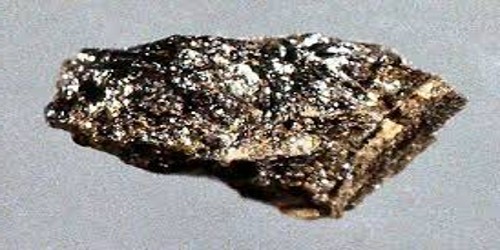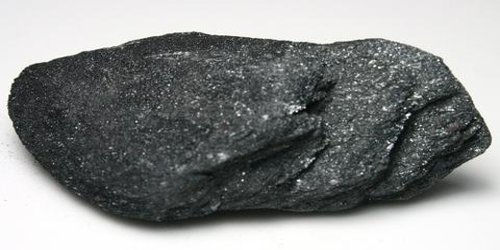Meyerhofferite is a mineral [Ca2B6O11.7H2O] consisting of a hydrous calcium borate. It is a hydrated borate mineral of calcium, with the chemical formula Ca2B6O6(OH)10·2H2O, CaB3O3(OH)5·H2O, or Ca2(H3B3O7)2·4H2O. It is a rare mineral that occurs as a minor component in lacustrine borate deposits in arid climates. It occurs principally as an alteration product of inyoite, another borate mineral.
Natural meyerhofferite was discovered in 1914 in Death Valley, California. It is named for German chemist Wilhelm Meyerhoffer (1864–1906), collaborator with J. H. van Hoff on the composition and origin of saline minerals, who first synthesized the compound.
General Information
- Category: Nesoborates
- Formula: (repeating unit) Ca2B6O6(OH)10·2H2O
- Crystal system: Triclinic
- Crystal class: Pinacoidal (1) (same H-M symbol)
- Color: Colorless, White.

Fig: Meyerhofferite – a hydrated calcium borate
Properties
Meyerhofferite is a hydrated calcium borate crystallizing in the triclinic system, occurring chiefly as colorless to white prismatic crystals or fibrous masses as an alteration product of inyoite.
- Cleavage: {010} Perfect, {100} Indistinct, {110} Indistinct
- Density: 2.12
- Diaphaneity: Transparent to translucent
- Habit: Prismatic – Crystals Shaped like Slender Prisms (e.g. tourmaline).
- Hardness: 2 – Gypsum
- Luminescence: Non-fluorescent.
- Luster: Vitreous – Silky
- Streak: white
Occurrence: Typically a minor component of sedimentary or lake-bed borate deposits.
Localities for Meyerhofferite include in the United States in particular at the type locality in Death Valley, California and in Boron, California, as well as in Mexico, Argentina, Turkey, and Kazakhstan.
Association: Inyoite, colemanite, hydroboracite, ulexite.
Information Source:
















